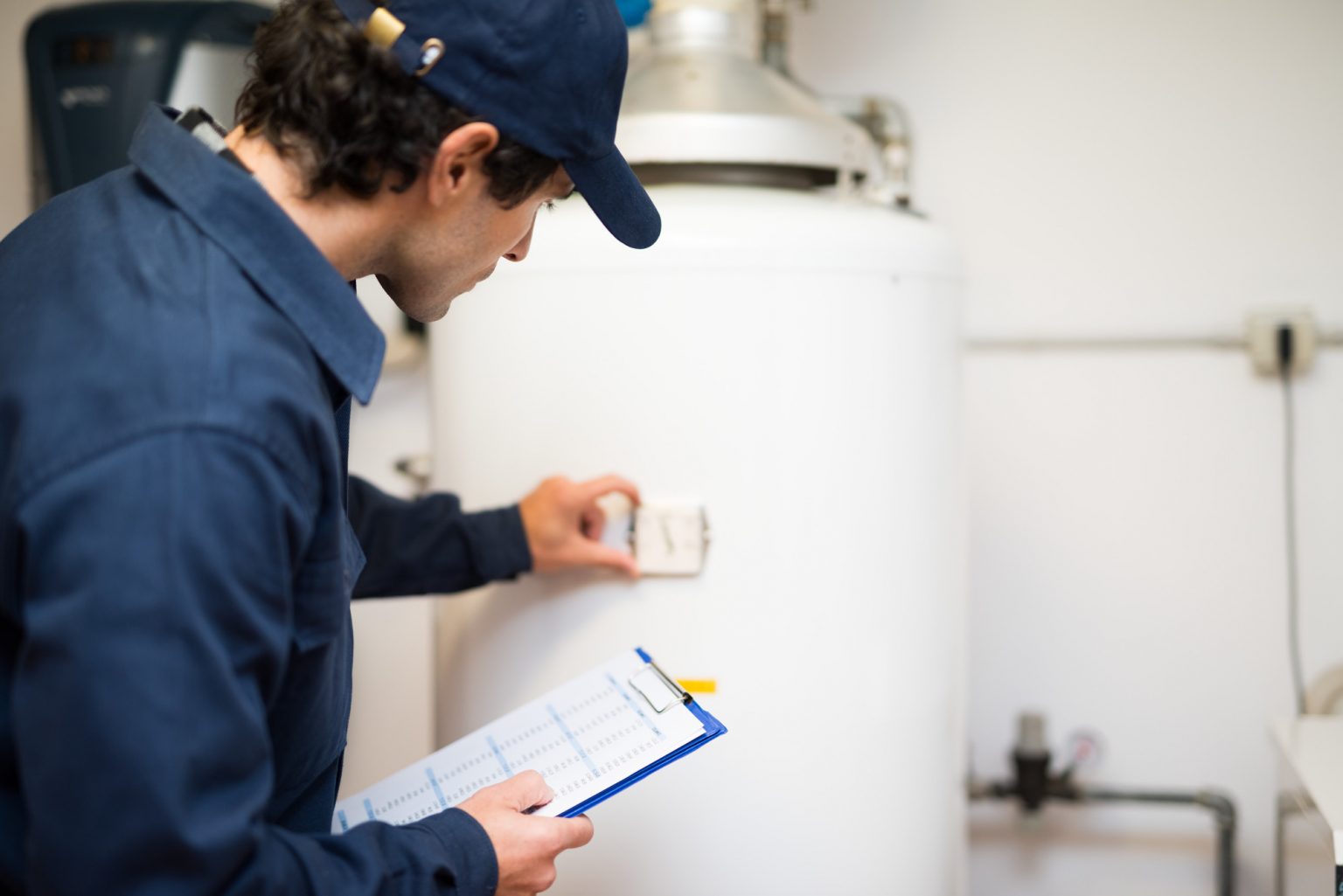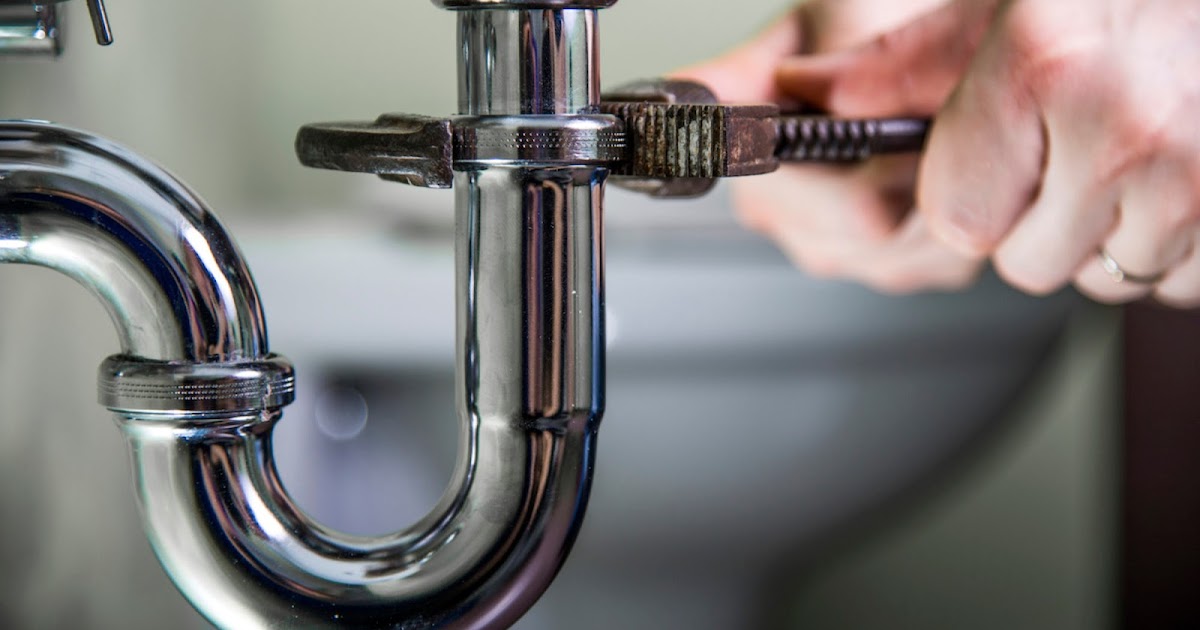Check the aerator
One of the most common reasons for a kitchen sink to lose water pressure is a clogged aerator. The aerator is the small mesh screen at the end of the faucet that helps to regulate the flow of water and prevent splashing. Over time, mineral deposits and debris can build up in the aerator, causing it to become clogged and restrict water flow. To check the aerator, simply unscrew it from the end of the faucet and clean it with a mixture of water and vinegar. If the aerator is too damaged to be cleaned, it may need to be replaced.
Check the water supply
If the aerator is not the issue, the next step is to check the water supply. Make sure that the main water valve is fully open and that there are no leaks or obstructions in the pipes leading to the sink. If there is low water pressure throughout the entire house, the problem may be with the municipal water supply and you may need to contact your local water company for assistance.
Check the water pressure regulator
In some cases, the water pressure regulator may be malfunctioning, causing low water pressure in the kitchen sink. This can usually be found near the main water valve and can be adjusted to increase or decrease water pressure. If it is not functioning properly, it may need to be replaced by a professional plumber.
Check the pipes for clogs
Clogs in the pipes leading to the kitchen sink can also cause water pressure to decrease. This is especially common with older homes where the pipes may have accumulated buildup over time. You can use a plunger or plumber's snake to try and clear the clog, but if that does not work, it is best to call a professional for assistance.
Check the shut-off valve
If there is low water pressure in only one faucet, it is possible that the shut-off valve for that specific faucet is not fully open. This valve is usually located under the sink and can be turned on and off to control the flow of water to that particular faucet. Make sure it is fully open to see if that solves the problem.
Check the faucet cartridge
The faucet cartridge is another potential culprit for low water pressure in the kitchen sink. This is the mechanism inside the faucet that controls the flow and mix of hot and cold water. If it becomes clogged or damaged, it can affect water pressure. You can try cleaning or replacing the cartridge to see if that improves the water pressure.
Check the water filter
If your kitchen sink has a built-in water filter, it is important to regularly check and replace it as needed. A clogged or dirty filter can significantly decrease water pressure, so make sure to follow the manufacturer's recommendations for maintenance and replacement.
Check the hot water heater
In some cases, the issue may not be with the kitchen sink itself, but with the hot water heater. If there is low water pressure in only the hot water, it is possible that there is a problem with the heater. Check the temperature setting and make sure there are no leaks or buildup in the tank. If you are unable to fix the issue, it may be time to replace the hot water heater.
Check the plumbing connections
Loose or damaged plumbing connections can also cause low water pressure in the kitchen sink. Check all of the connections under the sink to make sure they are secure and not leaking. If you notice any issues, tighten or replace the connections as needed.
Call a plumber for professional help
If none of the above solutions seem to be solving the issue, it may be time to call a professional plumber for assistance. They will be able to accurately diagnose and fix the problem, ensuring that your kitchen sink regains its full water pressure and functions properly.
In conclusion, a kitchen sink losing water pressure can be a frustrating issue, but it is usually fixable with some simple troubleshooting steps. By checking the aerator, water supply, pressure regulator, pipes, shut-off valve, faucet cartridge, water filter, hot water heater, and plumbing connections, you can identify and resolve the problem. If all else fails, do not hesitate to call a plumber for professional help. With proper maintenance and care, your kitchen sink should continue to have strong water pressure for all your dishwashing and cooking needs.
Why is the kitchen sink losing water pressure?

The importance of water pressure in a kitchen sink
 Water pressure is an essential aspect of any functioning kitchen sink. It determines the force with which water flows out of the faucet and is crucial for everyday tasks such as washing dishes, cooking, and cleaning. A low water pressure in the kitchen sink can be frustrating, time-consuming, and can even disrupt daily routines.
Water pressure is an essential aspect of any functioning kitchen sink. It determines the force with which water flows out of the faucet and is crucial for everyday tasks such as washing dishes, cooking, and cleaning. A low water pressure in the kitchen sink can be frustrating, time-consuming, and can even disrupt daily routines.
Common causes of low water pressure in the kitchen sink
/water-overflowing-in-kitchen-sink-200553937-001-5797e6335f9b58461f5a6736.jpg) One of the most common causes of a kitchen sink losing water pressure is a clogged aerator. The aerator is the small screen located at the end of the faucet that helps to regulate the water flow. Over time, minerals and debris can build up in the aerator, reducing the water pressure. Another common cause is a clogged or damaged pipe. This can be caused by hard water, which leaves mineral deposits in the pipes, or by debris and sediment buildup.
One of the most common causes of a kitchen sink losing water pressure is a clogged aerator. The aerator is the small screen located at the end of the faucet that helps to regulate the water flow. Over time, minerals and debris can build up in the aerator, reducing the water pressure. Another common cause is a clogged or damaged pipe. This can be caused by hard water, which leaves mineral deposits in the pipes, or by debris and sediment buildup.
How to fix low water pressure in the kitchen sink
 If you are experiencing low water pressure in your kitchen sink, there are a few steps you can take to fix it. First, check the aerator and clean it if necessary. You can also try flushing the pipes by turning off the water supply and opening all the faucets in the house for a few minutes. If these methods do not work, it may be time to call a professional plumber to inspect and repair any clogged or damaged pipes.
If you are experiencing low water pressure in your kitchen sink, there are a few steps you can take to fix it. First, check the aerator and clean it if necessary. You can also try flushing the pipes by turning off the water supply and opening all the faucets in the house for a few minutes. If these methods do not work, it may be time to call a professional plumber to inspect and repair any clogged or damaged pipes.
Preventing low water pressure in the kitchen sink
 Prevention is always better than a cure. To avoid low water pressure in your kitchen sink, it is essential to regularly clean the aerator and maintain your pipes. Installing a water softener can also help prevent mineral buildup in the pipes. It is also recommended to avoid putting large food particles or grease down the drain, as they can clog the pipes.
In conclusion,
a kitchen sink losing water pressure can be a frustrating issue, but it is usually easily fixable. By understanding the common causes and taking preventative measures, you can ensure that your kitchen sink always has adequate water pressure for all your daily tasks. If the problem persists, do not hesitate to seek professional help to avoid any further damage.
Prevention is always better than a cure. To avoid low water pressure in your kitchen sink, it is essential to regularly clean the aerator and maintain your pipes. Installing a water softener can also help prevent mineral buildup in the pipes. It is also recommended to avoid putting large food particles or grease down the drain, as they can clog the pipes.
In conclusion,
a kitchen sink losing water pressure can be a frustrating issue, but it is usually easily fixable. By understanding the common causes and taking preventative measures, you can ensure that your kitchen sink always has adequate water pressure for all your daily tasks. If the problem persists, do not hesitate to seek professional help to avoid any further damage.



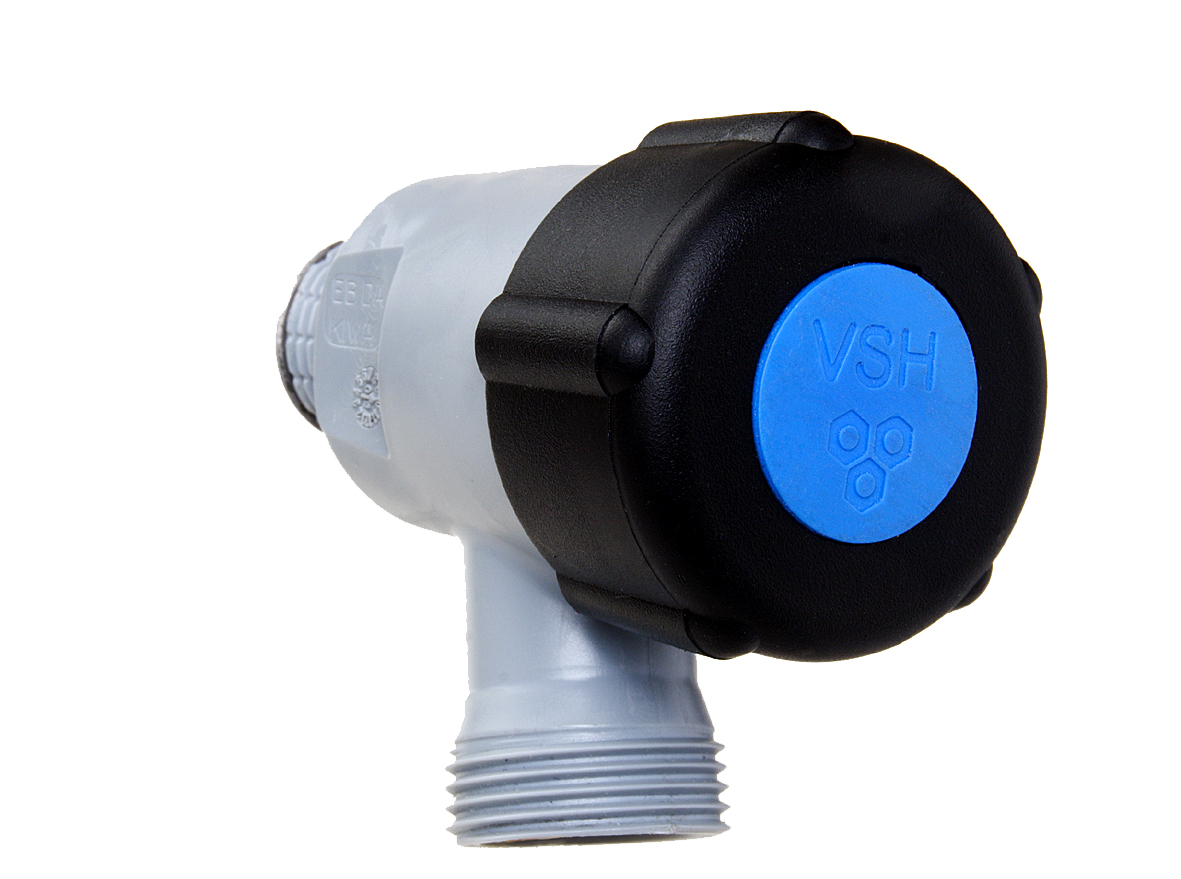
















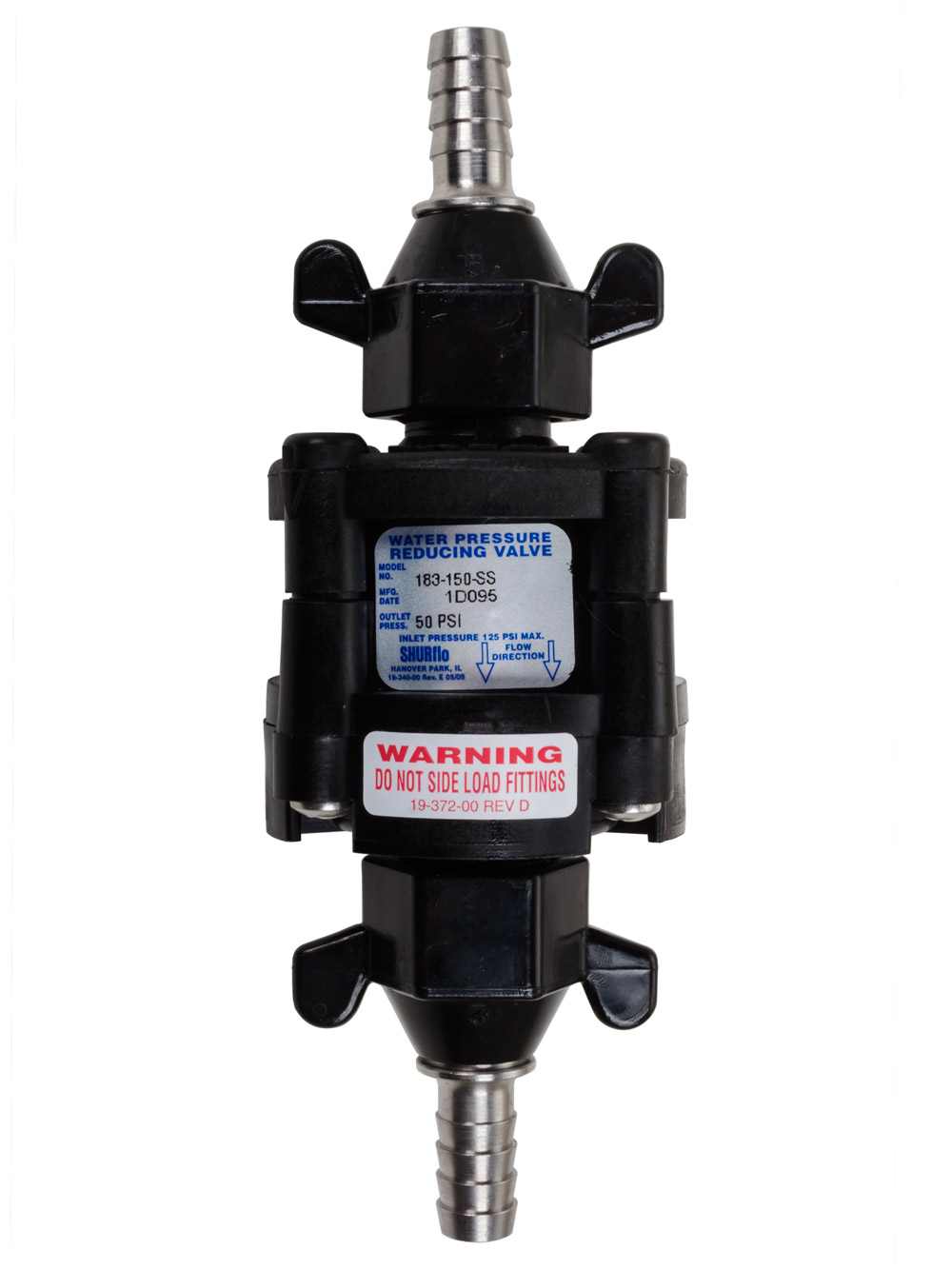


:max_bytes(150000):strip_icc()/the-men-s-hand-opens-the-ball-valve-on-the-collector-1006810456-5c5fc73fc9e77c000159c4af.jpg)





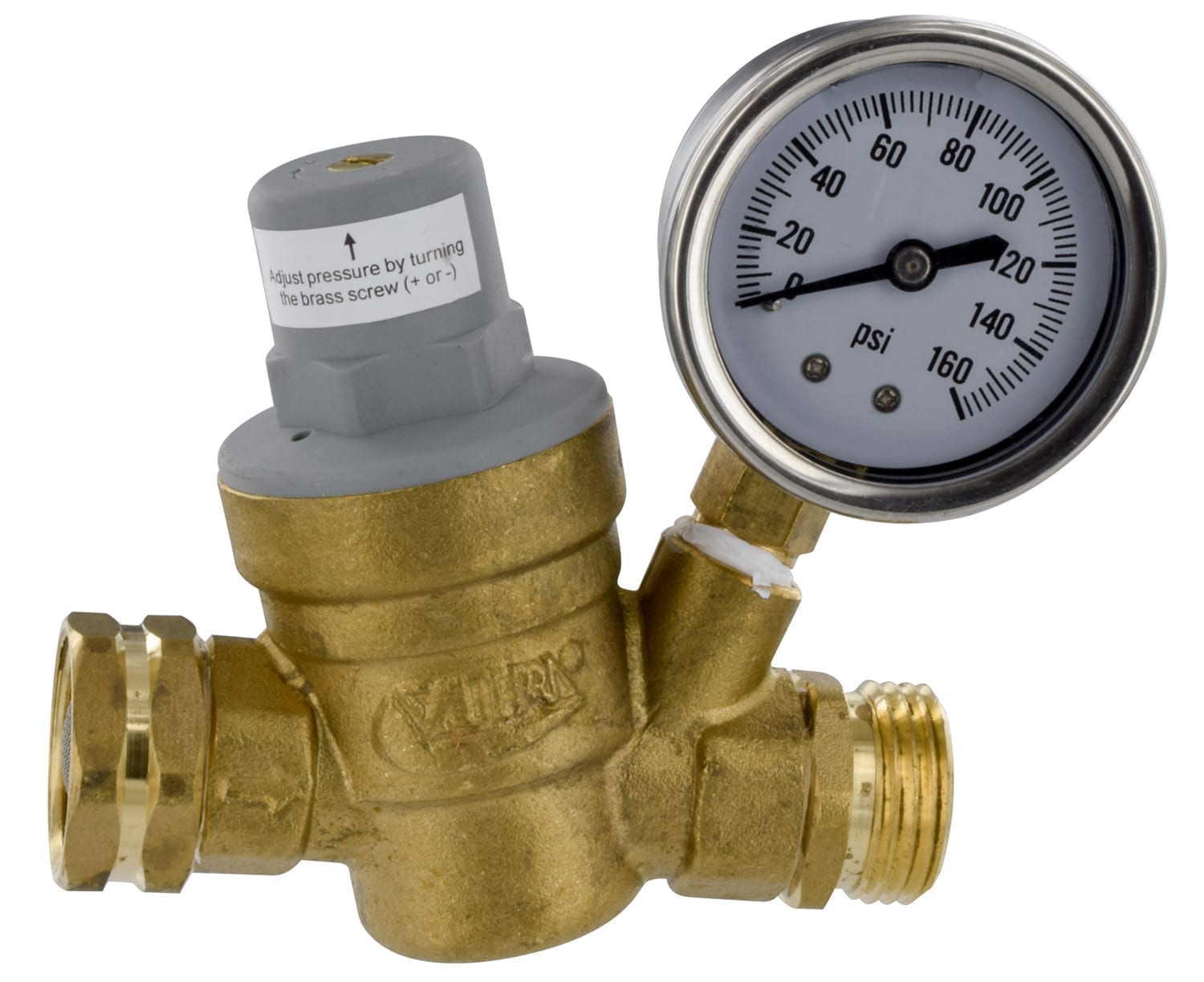




















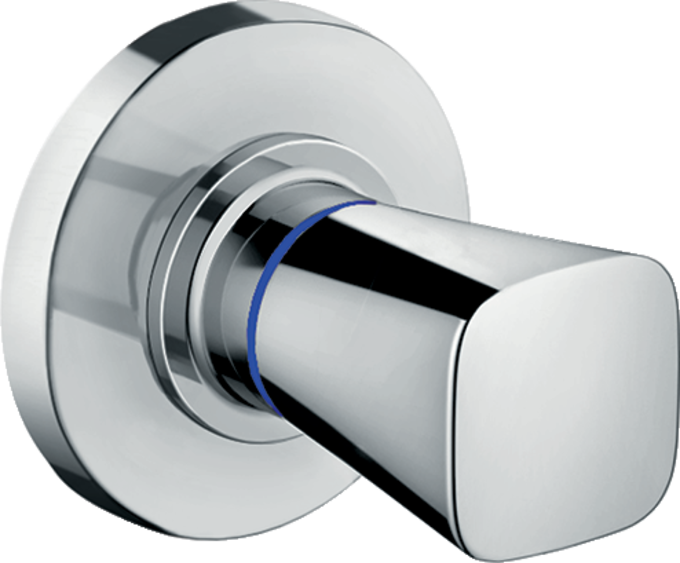
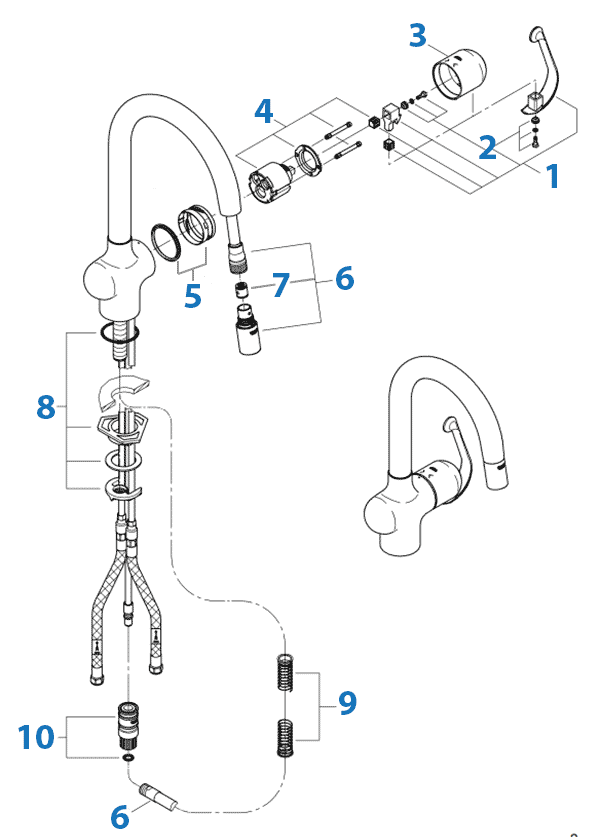






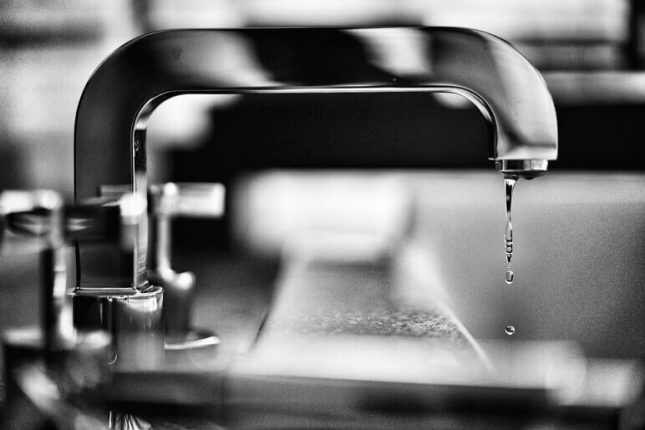











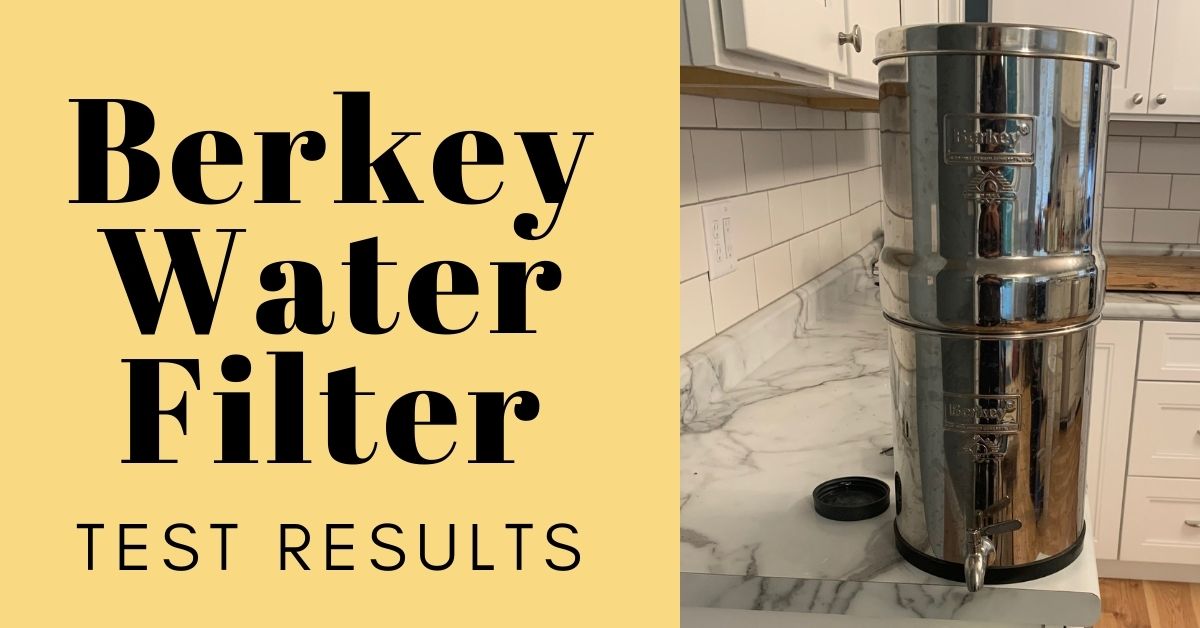

/cdn.vox-cdn.com/uploads/chorus_image/image/63879746/WaterFilter_2.0.jpg)




